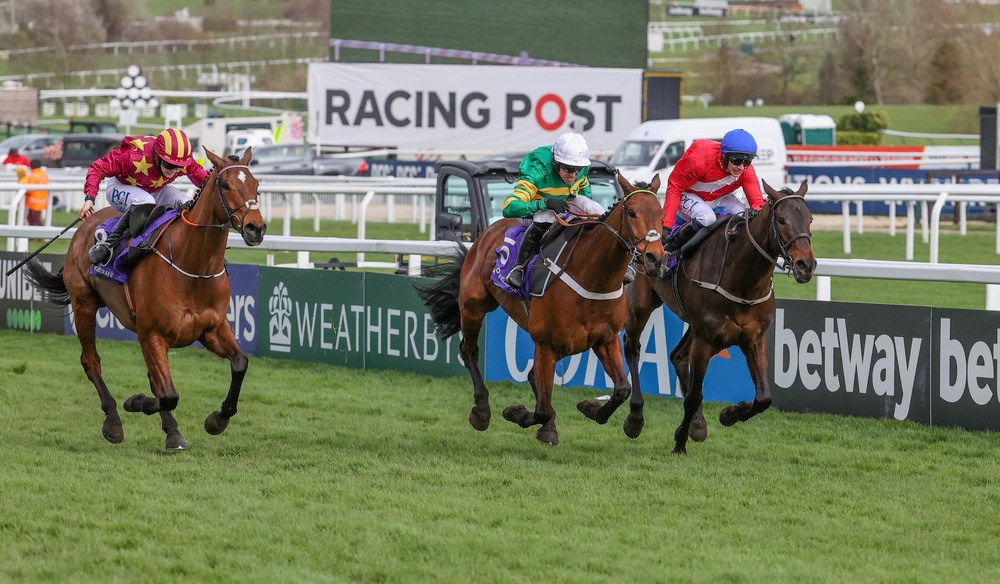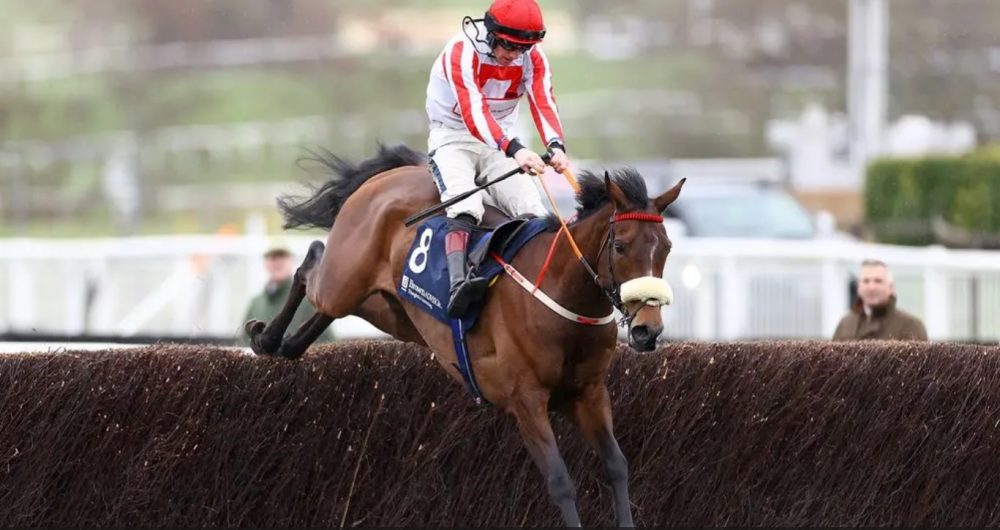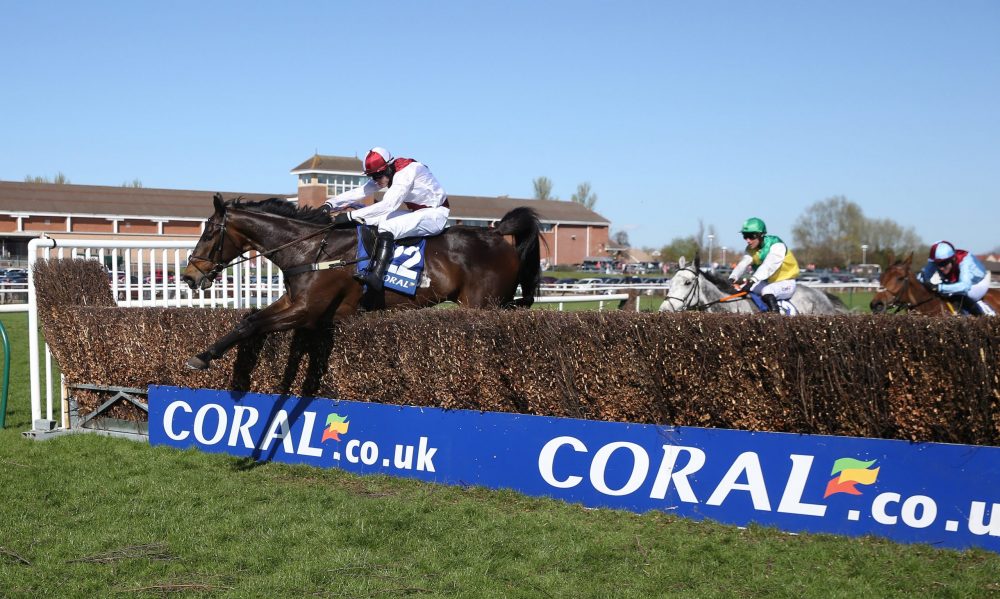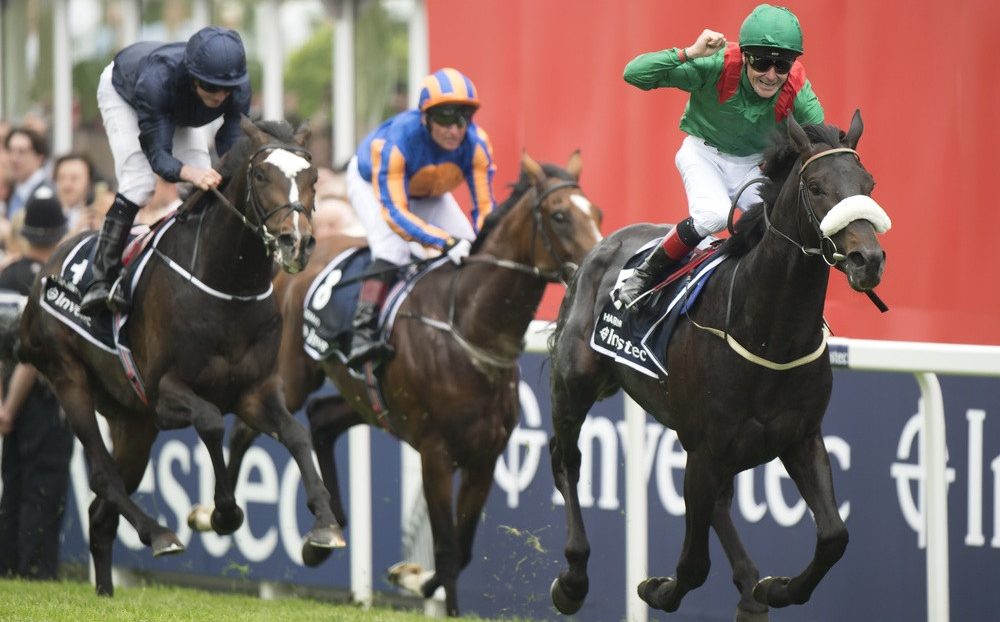
Guide To Reserves
Guide to Reserves – Summary
- A ‘reserve’ is a racehorse on standby ready to take the place of a withdrawn horse in a field.
- British system very rarely, if ever, has reserves. If a horse becomes a non runner, the field size is reduced by 1 and a Rule 4 is applied
- In Ireland, reserves are used more regularly, especially for bigger races.
- If you place a bet before a non-runner has been replaced with a reserve, most bookmakers will ignore the reserve in the race entirely.
- If you place a bet after a reserve has been added to the race, treat the race like any normal race.
What are reserves?
Reserves are, in this case, race horses which are on standby in case a trainer decides to pull a declared runner from a field. He/ she might choose to remove a horse from a field after a change in going, or an illness affecting the horse’s capabilities. Whilst these are the main two reasons for not running a pre-declared entrant, a horse may not find itself at the start line for a number of other reasons.
In our guide to reserves you will find out about the difference in the British and Irish reserve systems as well as how the removal and subsequent replacement of horses can affect betting. In order to explain this effectively, we have got to grips with the terms and conditions of seven of the leading bookmakers (Bet365, Betfair, Betvictor, Ladbrokes, Paddy Power, Skybet, William Hill) so you don’t have to!
How do reserves work and when are they used?
There is a clear disparity between the official rules regarding reserves in both Britain and Ireland. It is said that whilst the British system makes it difficult for a trainer to enter a reserve runner, the Irish way of working is much more conducive to there actually being the maximum number of entrants in each race.
Under British regulations, trainers only have a short window of time to declare their reserves. They must be ready to accept an invitation from the trainer of the withdrawn horse before 9am on the morning the day before race day.
Important: while this is provided for under British regulations, it is very rare to have a non runner in the UK which affects your bets as most British racing isn’t priced up by 9am on the morning before!
AP McCoy’s official co-writer Donn McClean ponders the most obvious example of the futility of this system on his website. He harks back to the 2013 renewal of the Ebor, in which six horses were withdrawn long before the race started. As a result, only 14 entrants started the race despite there being a safety limit of 20 – and a huge number of 33 horses had wanted to run in the race just 5 days before!
Had the race been held in Ireland, however, there would have been a better chance of spaces being filled with reserves. The difference in the Eire is that three horses can be chopped and changed at any time up until an hour before the first race on the day’s racecard.
There is this three reserve maximum limit imposed across the pond unless the total number of runners exceeds 30, in which case there can be no reserves and any non-runners are simply scratched from the field.
Indeed, there is no guarantee that a reserve’s trainer will choose to enter their mount. If, for example, a horse pulls out due to unsatisfactory going conditions, who’s to say that the ground will suit its potential replacement?
The Irish system has its problems, but is it not better to have a full field of 20 horses from an initial pool of say 60 hopefuls rather than just 14 when there would be plenty of trainers who would bite your hand off at the opportunity to run in the Ebor?!
What happens to my bet before a reserve/ after is included?
The status of your bet will depend on the bookmaker you placed your wager with and their specific terms and conditions concerning reserves.
If you placed an early bet before a reserve runner(s) was priced up by Bet365, Betfair, Betvictor, Ladbrokes, Skybet or William Hill, the bookmakers promise to settle the result ‘without the reserve runner(s)’ with the conditions for the each-way market depending on the number of runners that started the race excluding those reserves. Basically, ignore the reserve runner entirely – he doesn’t exist for the purpose of your bet!
Paddy Power’s rules are different – the reserve(s) would be included in the final result regardless of whether or not the horse had been priced up prior to the running of the race. Whilst this is effectively bad news if your horse loses out to the reserve on the line, it could make all the difference if your each-way selection finishes third of eight in a race where there would have been only seven had the new runner not have been counted.
Should you place a bet after the reserves have been priced up and confirmed to run, normal service is resumed at all our checked bookmakers with the reserves in question counting towards the result.
Guide To Reserves affecting Rule 4s!
Q: If the reserve is priced up in the market but fails to run?
A: Nearly all bookmakers will not apply Rule 4 deductions if the reserve is priced up but fails to run. Betfair makes no promise they won’t, adding that they ‘may’.
Q: If a horse is withdrawn and replaced by a Non Runner?
A: PaddyPower aside, most bookmakers will apply a Rule 4 for the non-runner horse which has been replaced by the non-runner, as the non-runner is ignored as a runner. That’s the trade off for
With PaddyPower, the rules are slightly different. As the reserve is always counted in your bet, even if you couldn’t bet on it if you wanted, the price of the reserve is off-set against the Rule 4 applied to your bet. So if a 4/1 shot is replaced by a 4/1 reserve, there’s no Rule 4 applied to your bet.
Additionally, if a reserve which is priced up becomes a Non Runner (either doesn’t get in the race or the trainer says he doesn’t want to run it even if a place becomes available), there will be no Rule 4 deduction. If the reserve becomes an official runner and is then withdrawn, he’ll be treated like a normal horse and a Rule 4 will be applied.







